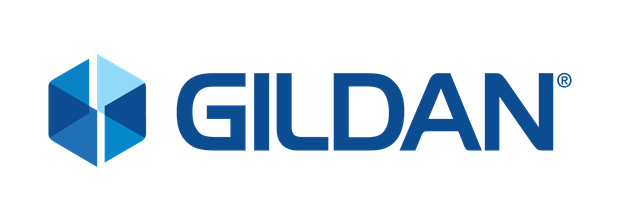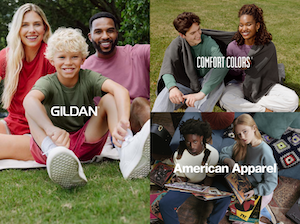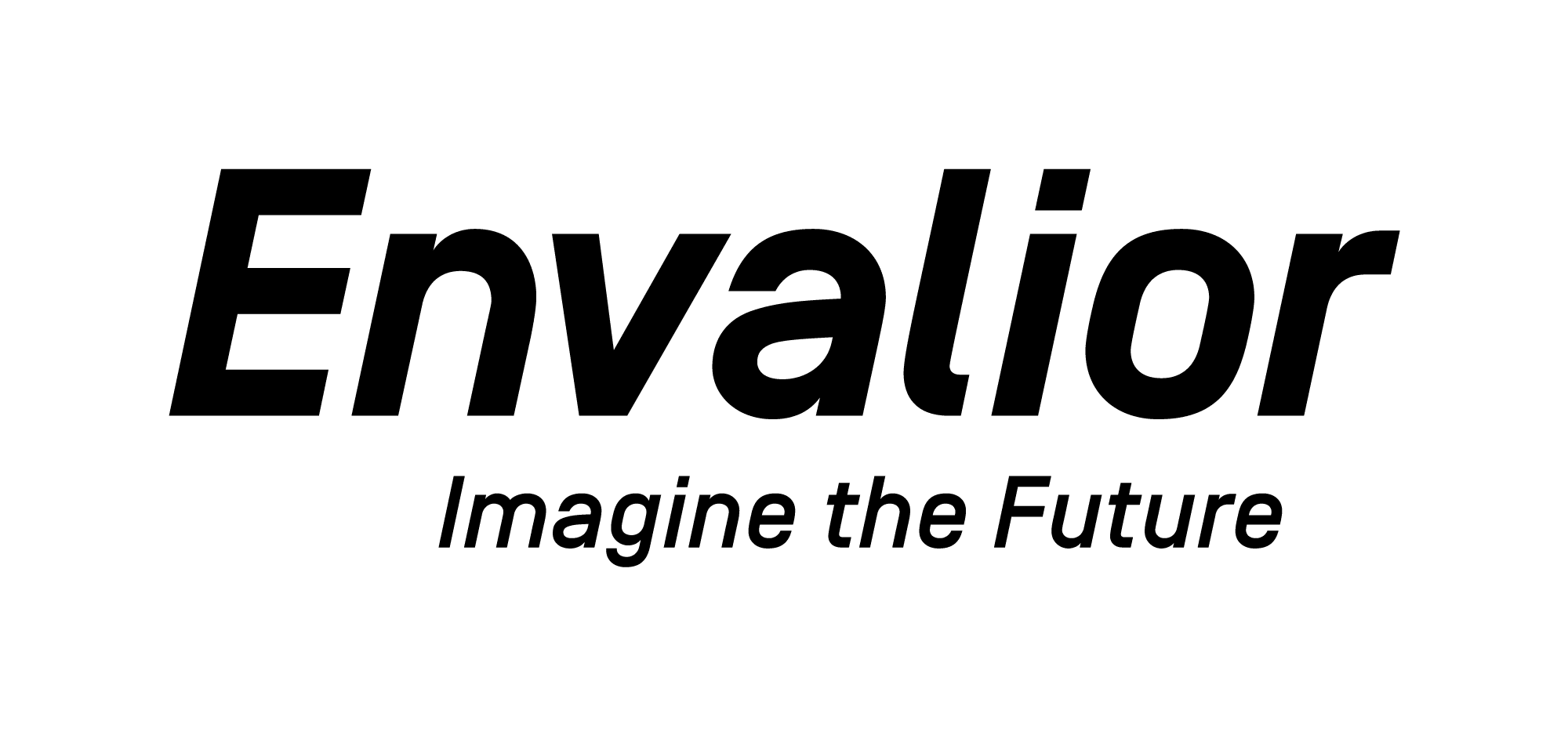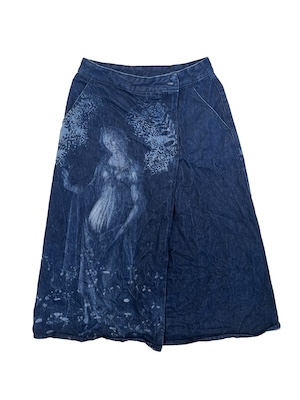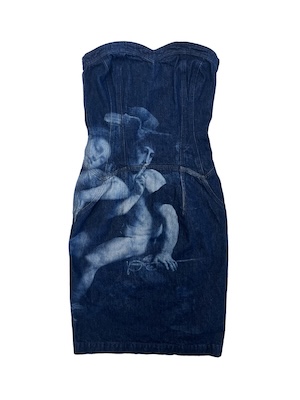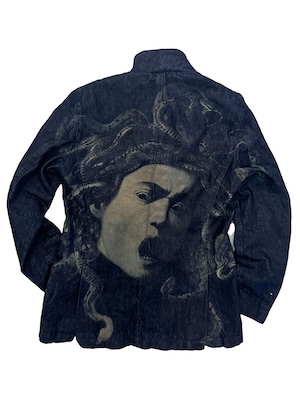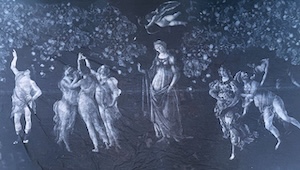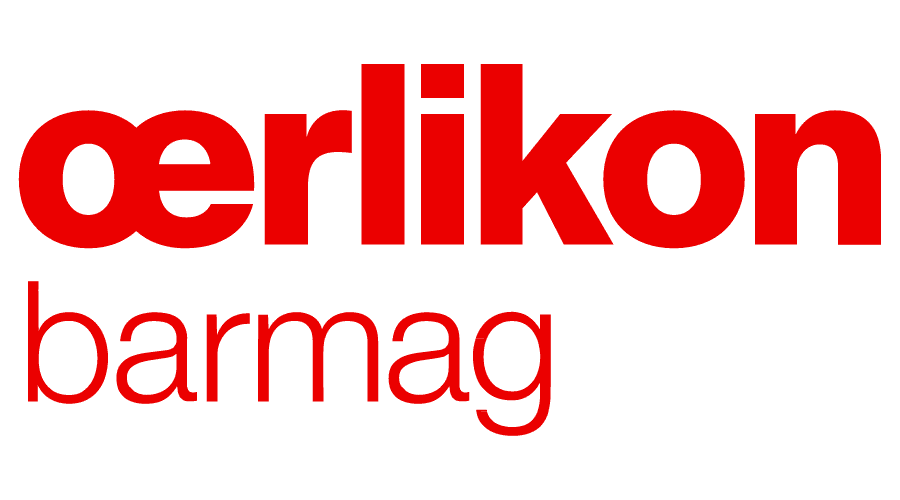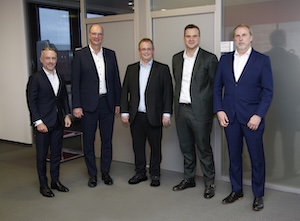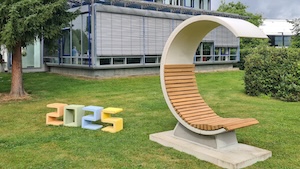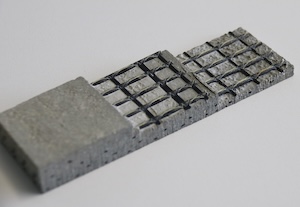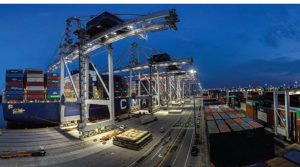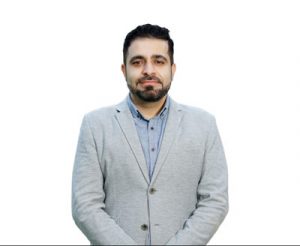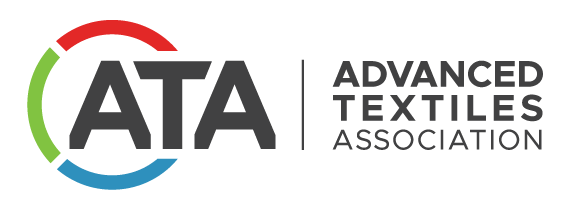 LOUISVILLE, Ky. — January 23, 2025 — Despite the ice, snow and bitterly cold temperatures, ATA’s Tent Rental Division (TRD) Tent Conference kicked off on January 7 in Louisville, Ky. One hundred attendees braved Winter Storm Blair and the usual travel delays that accompanied it to attend the two and a half-day event.
LOUISVILLE, Ky. — January 23, 2025 — Despite the ice, snow and bitterly cold temperatures, ATA’s Tent Rental Division (TRD) Tent Conference kicked off on January 7 in Louisville, Ky. One hundred attendees braved Winter Storm Blair and the usual travel delays that accompanied it to attend the two and a half-day event.
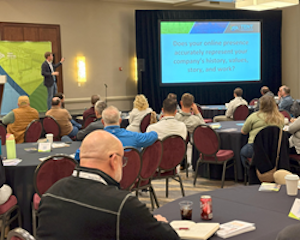 “Once again, proof that tent folks are among the most resilient in any industry,” says TRD Chair Nick Deninno of B&R Innovations. “Despite flight delays and a record snowstorm, it didn’t stop the bourbon from flowing and we had a fantastic turnout.”
“Once again, proof that tent folks are among the most resilient in any industry,” says TRD Chair Nick Deninno of B&R Innovations. “Despite flight delays and a record snowstorm, it didn’t stop the bourbon from flowing and we had a fantastic turnout.”
While some were unable to make it in time for the afternoon Louisville Slugger Factory and Museum tour or the Bourbon Tasting Tour on Whiskey Row, most arrived at the evening’s welcome reception eager to share their travel stories, catch up with old friends and make new ones.
The following day featured several education sessions focusing on how to build or enhance your company’s online presence, what steps to take now to sell your company in future, and the latest code updates impacting the industry.
The annual TRD business meeting was also held that afternoon and included an overview of the growth in new members as well as the association’s plans for the new year. It was during this meeting that outgoing TRD Chair Steve Belliveau with Anchor Industries was presented with an award and a gift in appreciation of his many years of service to the industry. “Thank you to all for your support,” Belliveau said. “It’s been a true honor to work with so many dedicated individuals as your chair in an industry that I truly love. I look forward to continuing to support and work with our organization in my ex-officio role as past chair.”
Nick Deninno with B&R Innovations will serve as the new TRD chair and Brian Stumph with Fred’s Tents is the new vice chair. Belliveau will remain on the TRD Board as the immediate past chair.
Once the TRD business meeting and education sessions were concluded, it was time for the most exciting and competitive portion of Tent Conference — the scavenger hunt! Attendees were randomly assigned to ten different teams that were then sent out across downtown Louisville to score as many points as possible by following clues and completing various challenges. The winners were as follows:
- 1st Place: Not Your Average Joe
- 2nd Place: Orange Blossoms
- Better Luck Next Time: Blame Canada
Education sessions concluded the following day with an in-depth look at the complexities involved in staging the Kentucky Derby for a full week each year followed by a panel discussion focusing on how to prepare for and successfully execute large scale projects like the Derby, large music festivals and other major events.
“Tent Conference is one of my favorite events in the industry, and Tent Conference 2025 exceeded expectations,” says Deninno. “The intimate setting provides a unique opportunity to connect with peers without the pressure of sales from vendors. The education sessions were spot-on, delivering valuable insights tailored to industry leaders and managers. The TRD has an exciting lineup of education and certification programs planned for 2025. Plus, we’re already looking forward to the Tent Expo in January 2026, which will feature the much-anticipated return of the TRD Soap Box Derby!”
Be sure to mark your calendars for January 27-29, 2026, when the TRD Tent Expo will take place at Margaritaville Resort in Kissimmee, Fla. Don’t want to wait that long to receive industry-focused training and education? Choura Events in Torrance, Calif. will be hosting an Essentials of Anchoring Course on Feb. 25 and a TRD Bootcamp on Feb. 26.
Posted: January 23, 2025
Source: Advanced Textiles Association® (ATA)

